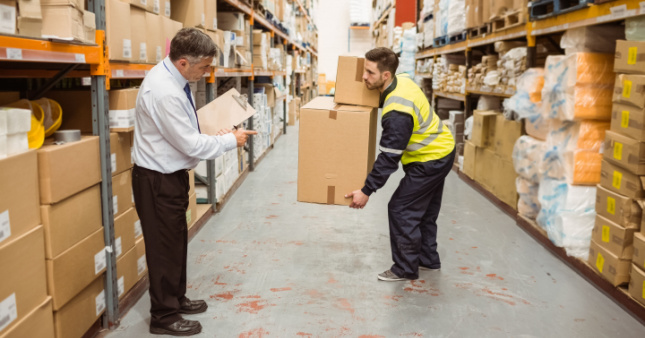
One of New Zealand’s most tragic workplace accidents took place at the Pike River Mine in 2010 when an explosion engulfed a mine shaft and took the lives of 29 workers. The Pike River disaster remains the deadliest mining accident in New Zealand’s history. The blast sent shockwaves through the country, leading to a national interrogation of health and safety standards in New Zealand.
The Workplace Health and Safety programme at Te Herenga Waka Victoria University of Wellington was established following the disaster. For over a decade the programme has been preparing the next generation of health and safety professionals. However, it’s now under review as part of a wider university cost-cutting exercise. Is now the right time to shut down the nation’s last accredited post-graduate health and safety course? The latest data suggests it’s probably not.
New Zealand’s troubling HSW numbers
The Pike River disaster led to changes in legislation, with the introduction of the Health and Safety at Work Act in 2015 (the Act). The Act introduced a risk management framework and established a workplace regulator, WorkSafe New Zealand, and the mandate to improve learning and development in New Zealand.
However, despite landmark changes, the numbers show New Zealand still has a serious problem with workplace health and safety:
An estimated 10,000 people have died from occupational health issues or workplace fatalities since the Pike River disaster in 2010.
That’s an average of 1,000 deaths per year, or 3 deaths every day.
A further 420,000 people have been injured at work in the same time period.
International Labour Organization data also allows a comparison between all the countries that use a risk management framework.
According to this data, almost three times more people die at work in New Zealand than in the UK. Despite such high fatality levels, the country also has fewer trained health and safety inspectors.
| Country | Non-fatal occupational injuries per 100,000 workers | Occupational fatalities per 100,000 workers | Inspectors per 10,000 workers |
| New Zealand | 1200 | 2.3 | 0.2 |
| Australia | 899 | 1.6 | Not available |
| Singapore | 386 | 1.1 | 1.2 |
| United Kingdom | 335 | 0.8 | 0.3 |
Why is New Zealand’s HSW record so bad?
There are a number of factors that contribute to New Zealand’s poor workplace health and safety record. One factor is the country’s relatively small size and population. This means that there are fewer resources available to support workplace health and safety initiatives.
Another factor is the nature of New Zealand’s economy. A large proportion of the workforce is employed in high-risk industries, such as agriculture, construction, and manufacturing. These industries are more prone to workplace accidents than others.
Finally, New Zealand has a culture of hard work and “can do” attitudes. This can sometimes lead to people taking risks that they should not be taking.
What can be done to improve HSW in New Zealand?
There are several things that can be done to improve workplace health and safety in New Zealand. One is to increase investment in workplace health and safety initiatives. This could include providing more resources for inspectors, developing better training programs for workers and employers, and funding research into new workplace safety technologies.
Amid ongoing attempts to strengthen New Zealand’s HSW stance, the closure of the University of Wellington programme would be a serious setback.
Currently New Zealand’s universities are considering a NZ$128 million government bailout, but until a decision is reached the future of the nation’s last HSW programme will hang in the balance. One thing seems clear – losing the programme is a health and safety risk that New Zealand simply can’t afford to take.
As a business owner, you have a legal responsibility towards workplace health and safety. With constantly changing legislation and regulations, it can be tricky for you to keep up with your duties.
Thousands of Kiwi business owners trust us to support them with their health and safety at work obligations. Our 24/7 Advice Line is available free of cost for all business owners. Call us today on 0800 521 592 to get all your difficult health and safety questions answered.
